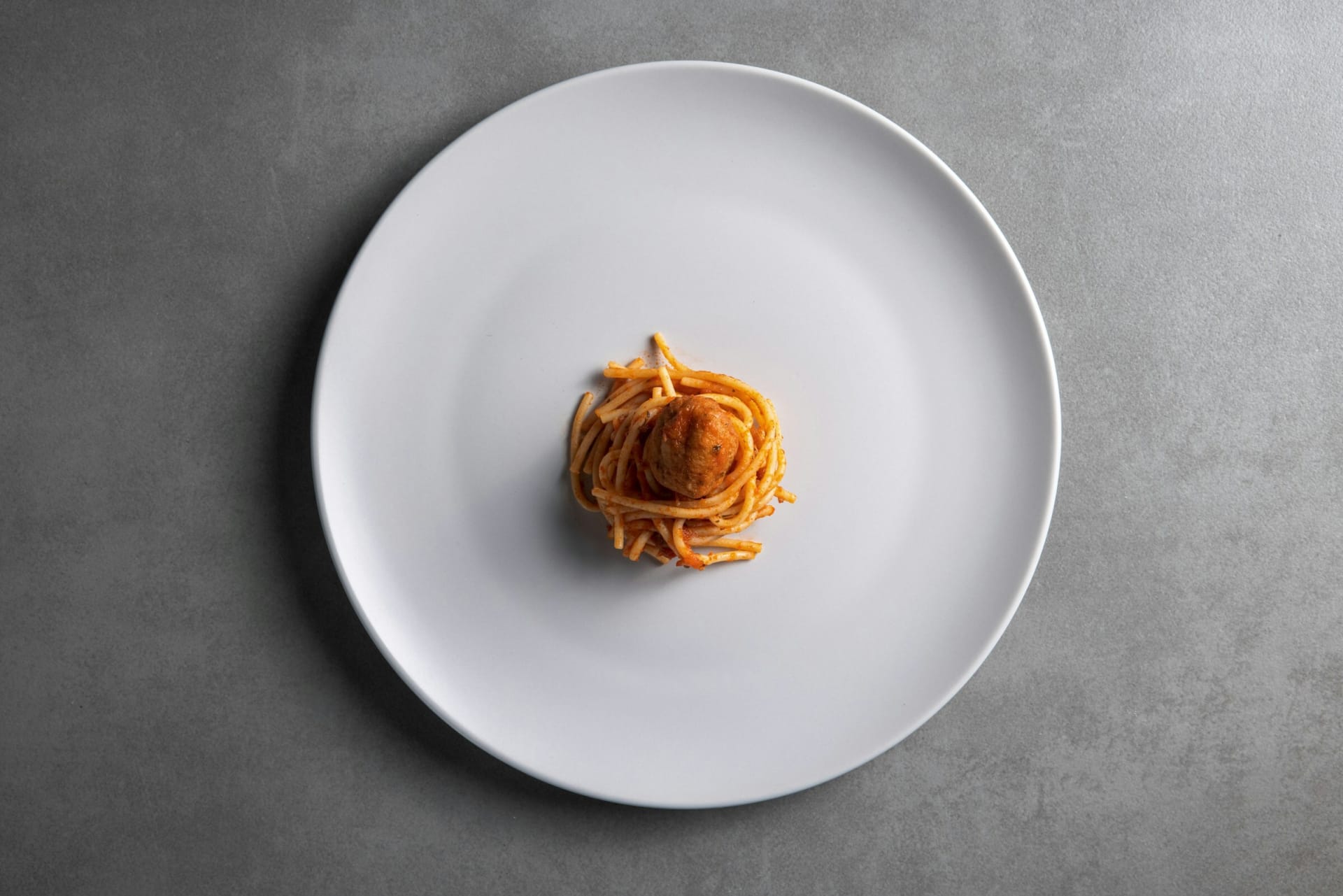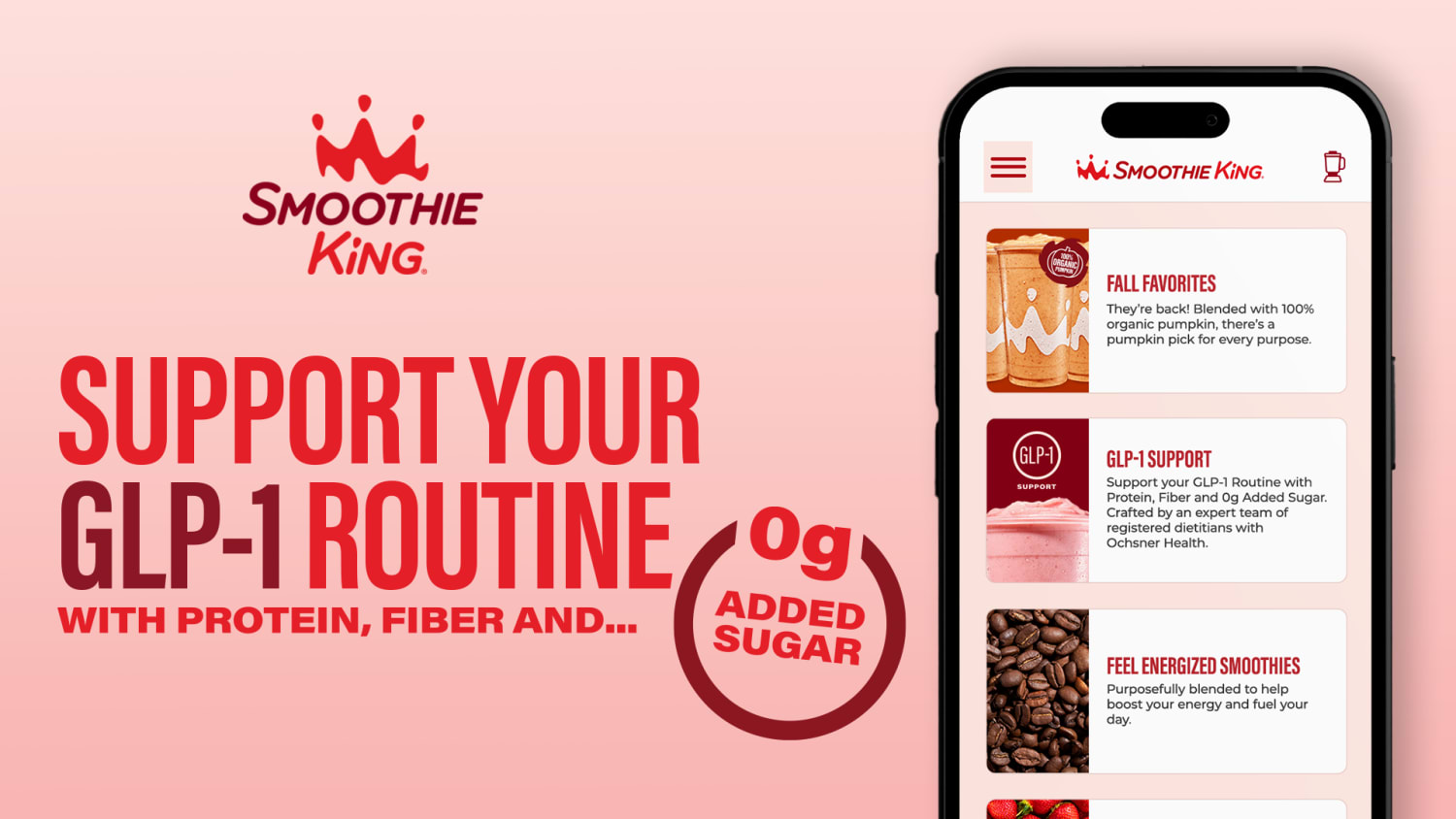Restaurants and foodservice operators are refreshing menus to cater for diminished appetites and emerging nutritional needs in the wake of a global surge in users of GLP-1 drugs.
Specialist registered dietitian Nichola Ludlam-Raine, whose book How Not to Eat Ultra-Processed was released last year, tells VML Intelligence that “weight loss and bariatric clients have mentioned wanting smaller, higher-quality portions when eating out, as their appetites are significantly reduced, and [they] often order a starter plate instead of a main.”
Nima Safaei, owner of three London restaurants, told The Independent that “more customers are coming in just for drinks or ordering a couple of starters to share, and we’re seeing fewer three-course meals.” The New York Times has also chronicled the shift, noting that some diners on GLP-1s prefer to opt for shared small plates or family-style meals so leftovers are not so obvious.
These changing habits are borne out by a 2024 Morgan Stanley survey, which found that 63% of the 300 people on a GLP-1 medication that were surveyed said that “they are spending less money a month eating out at restaurants since they started taking the drug,” Quartz reported.
Now operators are curating menu options to suit. At the much buzzed-about London restaurant Town, which opened in May, restaurateur Jonathan Downey told The Times that the restaurant “absolutely [designs] dishes specifically for the Mounjaro generation.” The restaurant offers smaller portions, such as a half portion of its butterflied day boat fish with anchovy and rosemary sauce, or a half portion of chocolate tart. “We thought we were just giving people more options, but it turns out to be part of the zeitgeist,” said Downey.





